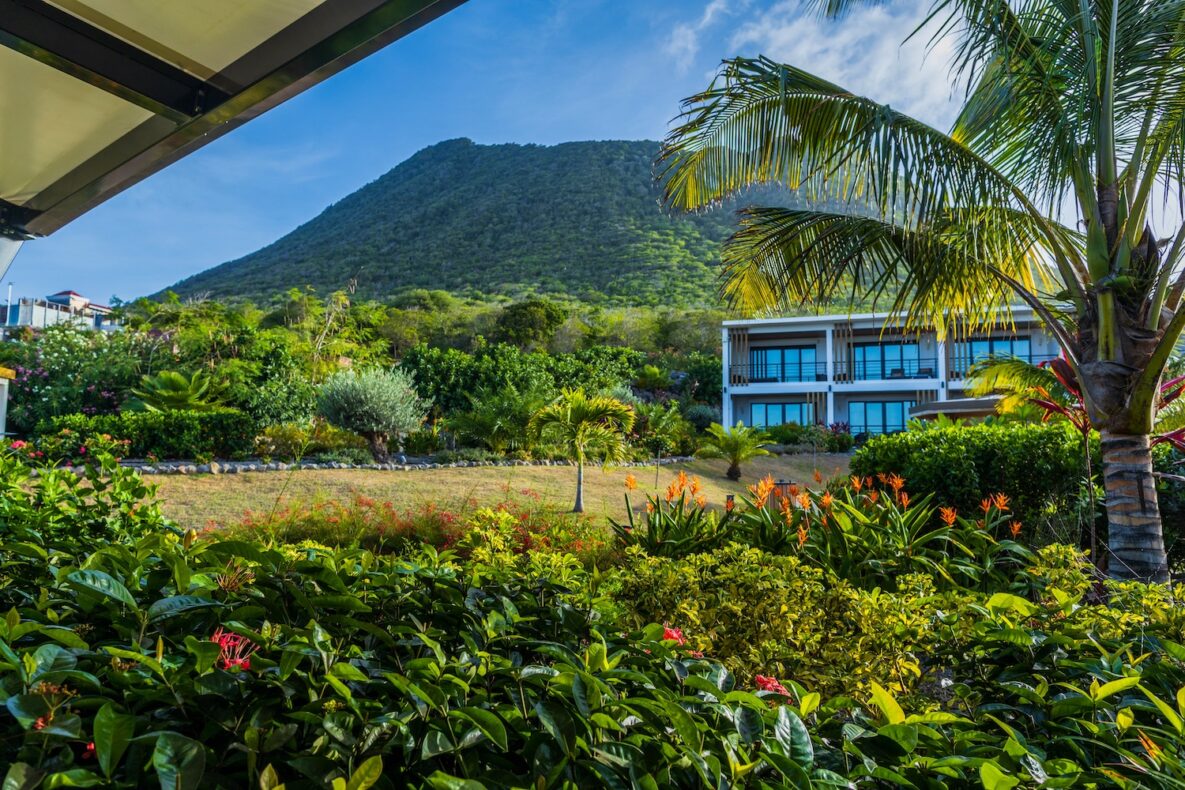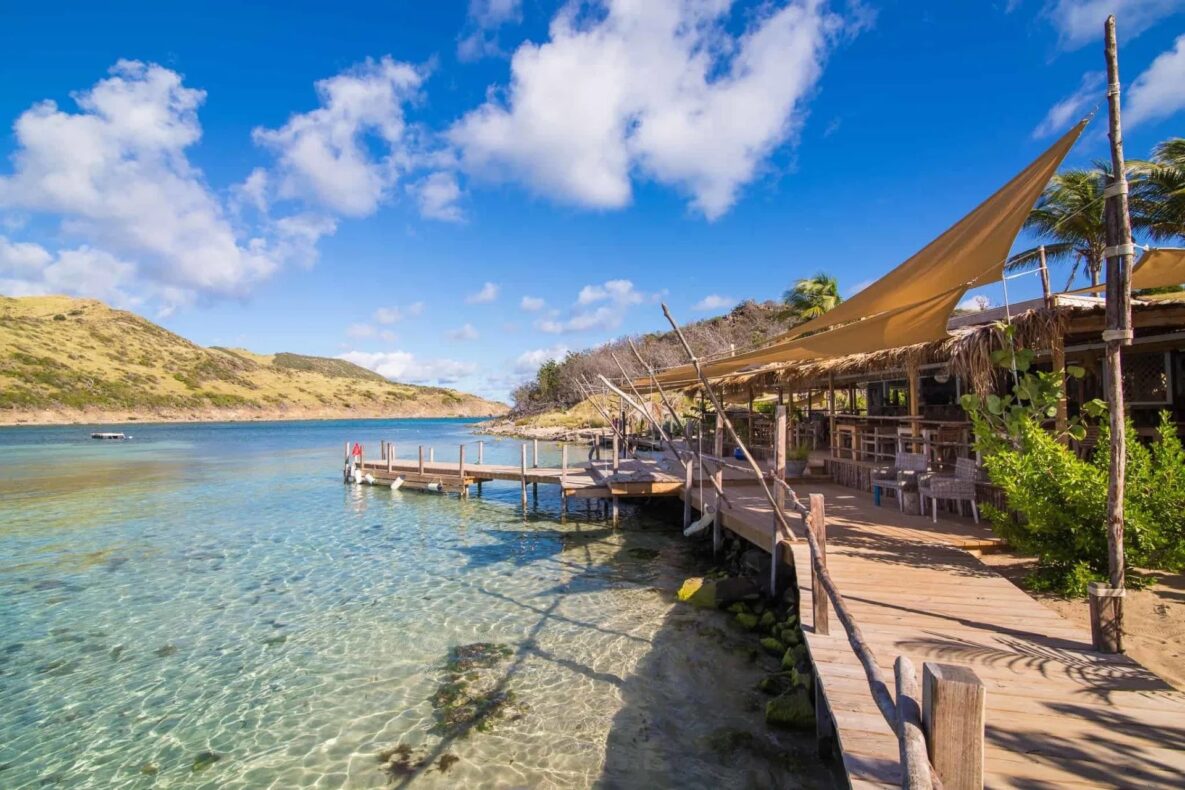The turbulent history of Statia
Currently, the island is an oasis of calm, a sparsely populated paradise that attracts mainly nature lovers and divers from all over the world. Yet this has not always been the case.... Although discovered earlier by Columbus, it was in 1636 that the Dutch took possession of the rocky island. It was uninhabitable because of a lack of fresh water sources; a problem that was solved by the construction of underground cisterns or "cisterns.
The Golden Rock
On November 16, 1776, it was St. Eustatius who first supported the Americans in their fight for freedom against the United Kingdom, saluting them with a roaring cannon shot. This was the start of a coming and going of ships, initially for the supply of weapons and later as a transit port and stopping point. Capital Oranjestad, divided into an upper and a lower town, became a profitable and busy free port of the West India Company where the most luxurious goods were traded and stored tax-free, a gold mine to which it owes its name "The Golden Rock. Fort Orange in the upper town and ruins of warehouses and pubs in the lower town are reminders of these golden years. Oranjestad was also a transit port of African slaves, slaves who were also used to work on Statia's sugar cane, tobacco and indigo plantations. The Old Slave Road still bears witness to the route that slaves had to walk up from Orange Bay before being traded in the market square.
As the 18th century drew to a close, St. Eustatius gradually lost its importance as a trading center and most merchants and plantation owners left their homes and warehouses. The population declined from 30,000 in the glory years to 3,100 today.


